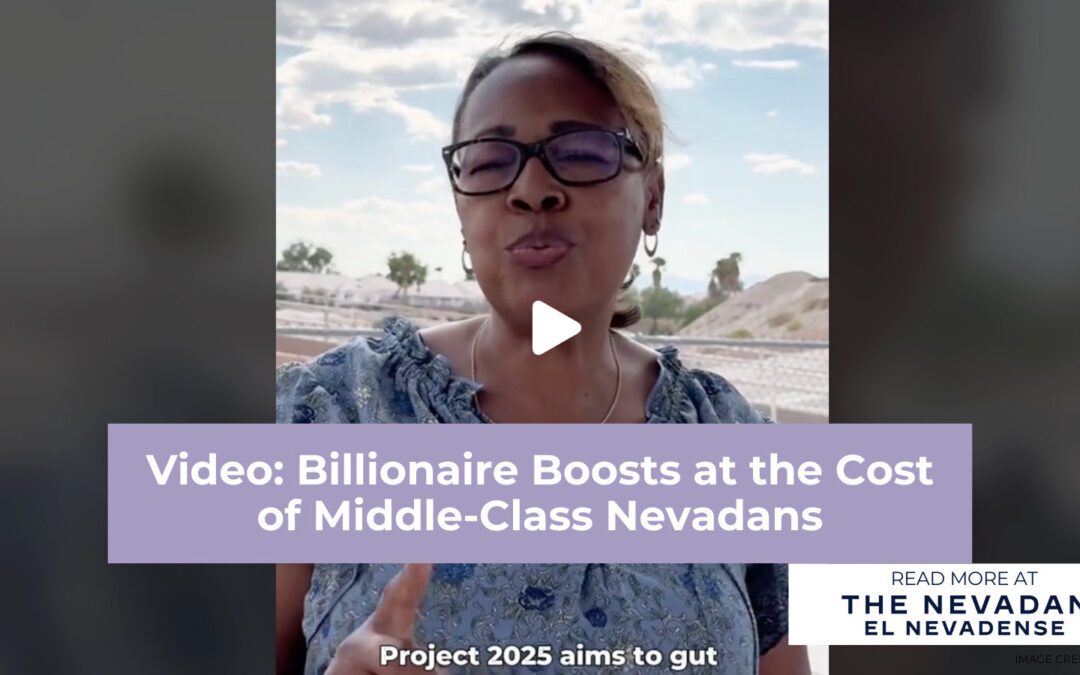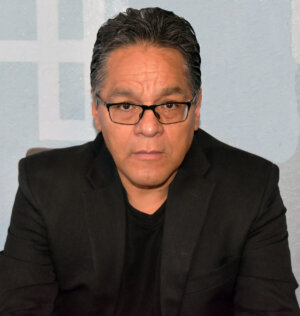
El 22 de mayo es la fecha límite para el inicio del envío por correo de las boletas electorales dentro del estado. Las papeletas ya deben haber llegado a los hogares de los electores. La elección Primaria acontecerá el 11 de junio y el voto anticipado será del sábado 25 de mayo al viernes 7 de junio. (Foto Frank Alejandre / The Nevadan / El Nevadense)
The 2024 election season is upon us and between now and November, certain issues such as reproductive rights, affordable housing, inflation and the economy, the environment, and immigration will be at the front of many people’s minds and votes.
At The Nevadan / El Nevadense, our mission is to provide valuable and accurate information for readers to make informed decisions and participate in democracy.
Before the general election on Nov. 5, the Primary Election must take place. Early voting for Nevada’s Primary Election starts May 25. Voters can either go in-person to a polling site to cast their vote, or fill out the mail ballot all registered voters received — unless they opted out — and mail it back or drop it off at a polling location or drop-off box.
Here’s what you need to know:
- What is a Primary Election?
- Important dates for Nevada’s Primary Election
- Who can participate and vote in Nevada’s Primary
- What are mail-in ballots?
- When will results be available?
For more information on the 2024 Election, visit the Nevada Secretary of State’s website.
What is a Primary Election?
Primary elections allow people to vote for their preferred candidates to narrow down the race for November’s election, especially when some races might have nearly a dozen candidates.
Usually, voters can only decide among their party’s candidates, meaning voters registered as Republicans can only vote in the Republican primary, and vice versa for voters registered as Democrats. Voters registered as independents, nonpartisans, or as members of other political parties can participate by voting only on nonpartisan races, such as those for local judges and school board members.
Important dates for Nevada’s Primary Election
May 25 through June 7: Early voting
- For two weeks, voters can make their way to the polls in-person or drop off their mail-in ballots before the actual day of the primary election.
- There are several polls open during early voting around the state, which can be found in the sample ballot every registered voter receives in the mail or on the Secretary of State’s website. The hours for early voting sites vary.
June 11: Primary Election Day
- Polls are open from 7 a.m. to 7 p.m.
- Sample ballot packets also list the voting sites and even have a map pinpointing them.
- Voters in Clark County can also find their voting centers online at ClarkCountyNV.gov/vote.
- For the complete list of vote centers in the state click here.
June 15 at 5 p.m.: Last day that mail-in ballots sent through USPS are accepted and counted.
June 17 at 5 p.m.: Deadline for voters to resolve any signature verification issue with their mail-in ballot. Because Nevada uses signature verification as a way to identify voters — an ID is only required for first-time voters — sometimes mail-in ballots need to be re-verified or corrected in order to be processed. The county elections department notifies voters if their vote needs to be cured.
Who can participate and vote in Nevada’s Primary
Anyone over the age of 18 who is a US citizen and registered to vote can participate in the Primary Election, but certain rules apply depending on the voter’s party affiliation.
To register to vote or update your registration, visit registertovote.nv.gov. Newly registered voters will not be mailed a sample ballot for the June primary and will not be able to vote by mail, only in person.
In Nevada, voters can also register at in-person polling sites on Election Day.
- Democratic Party: Voters registered as Democrat may vote for Democratic candidates in partisan races, including US Senate, Congress, and County Commission. They can also vote for candidates in nonpartisan offices, including mayor, school district, and city council.
- Republican Party: Voters registered as Republican may vote for Republican candidates in partisan races, including US Senate, Congress, and County Commission. They can also vote for candidates in nonpartisan offices, including mayor, school district and city council.
- Everyone else: Voters registered as independent, nonpartisan, or as members of other political parties — meaning not Democratic or Republican — can only vote in nonpartisan races, including mayor, school board, city council, and municipal judges. Minor party, independent, and nonpartisan candidates for partisan races only appear on the ballot in the General Election, not the Primary Election.
What are mail-in ballots?
As a result of the COVID-19 pandemic, Nevada lawmakers passed AB 321 during the 2021 Legislative Session, which made mail ballots an automatic option to vote — sending every registered voter a mail-in ballot, along with sample ballots.
Since then, mail ballots have become the preferred way to vote for many voters due to their convenience — they can be either returned through the mail after being filled out or dropped off at a polling site or at one of the government offices listed.
Mail ballots must be postmarked or returned by 7 p.m. on June 11.
Voters are also able to opt-out of receiving a mail ballot by updating their information online.
When will results be available?
According to the Secretary of State’s office, even with early voting and mail ballots coming in before June 11, results cannot be published before polls close the evening of the Primary.
However, counties will begin to tabulate early votes and mail ballots at 8 a.m. on election day, and these tallies will be the first results Nevadans will see published. Once the last person has voted at a polling site on election day, election workers then deliver the votes to the county clerks to also be counted.
The results will be posted on the Secretary of State’s website.
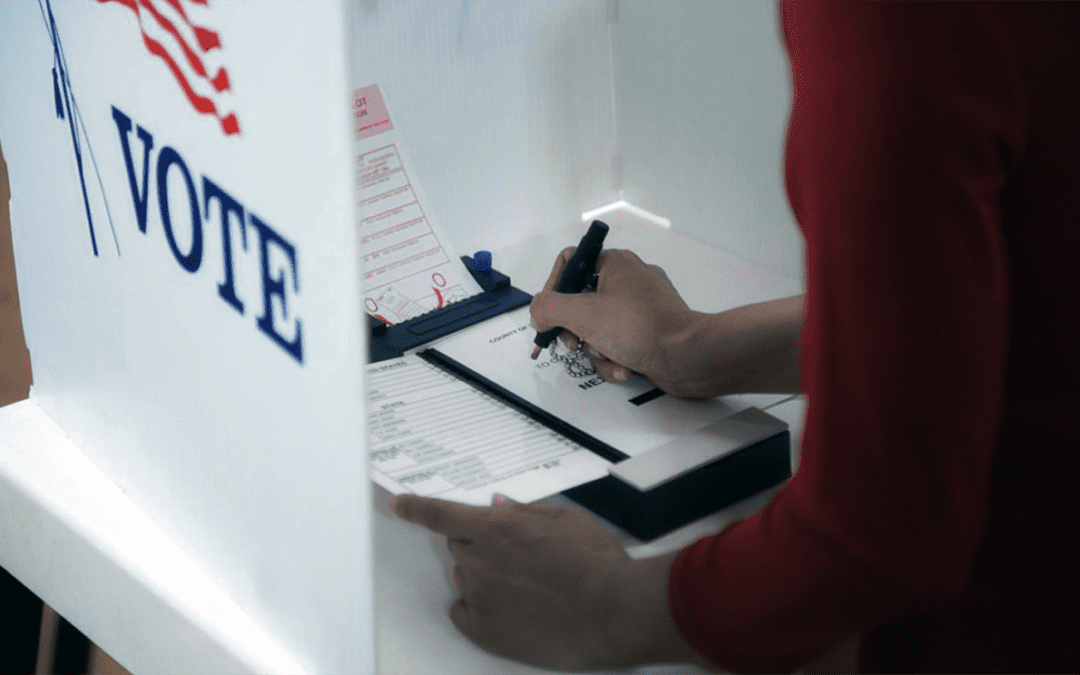
A pesar de las mentiras sobre el fraude electoral, la votación anticipada se ha desarrollado en gran medida sin problemas hasta ahora en Nevada
En medio de continuas mentiras y conspiraciones sobre fraude electoral por parte de círculos de extrema derecha, los nevadenses están expresando...

Despite lies about voter fraud, early voting has been largely smooth so far in Nevada
Amid ongoing lies and conspiracies about voter fraud from far-right circles, Nevadans are expressing confidence in the state’s election system and...
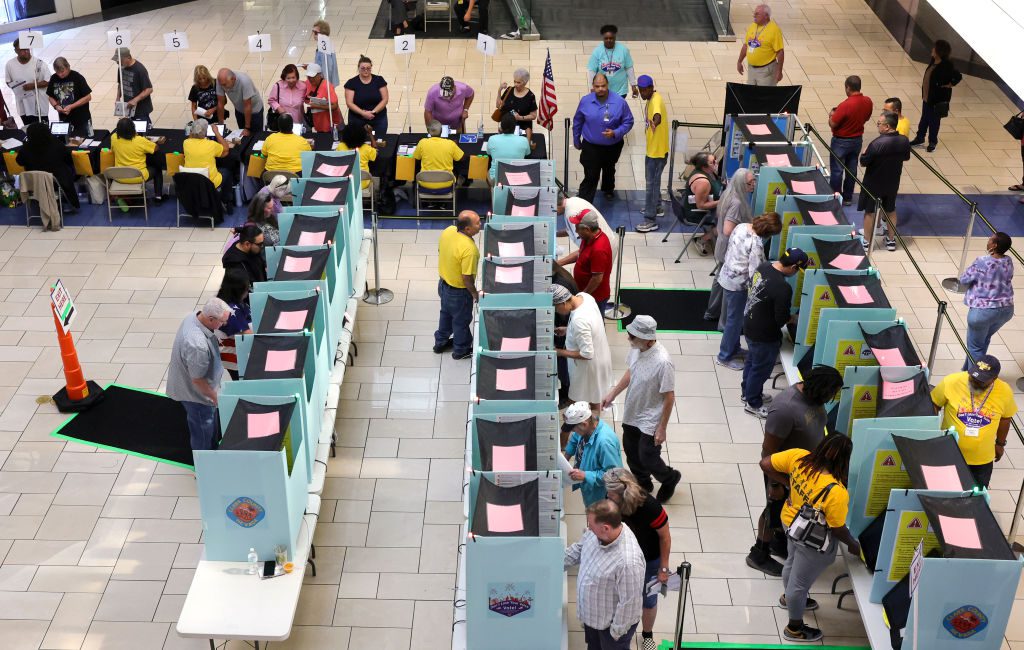
Opinion: Question 7 would create barriers for seniors and potentially lead to voters being turned away
Question 7 is an unnecessary barrier to voting. Simply put, there is no widespread voter fraud in Nevada; it is not something that has ever...
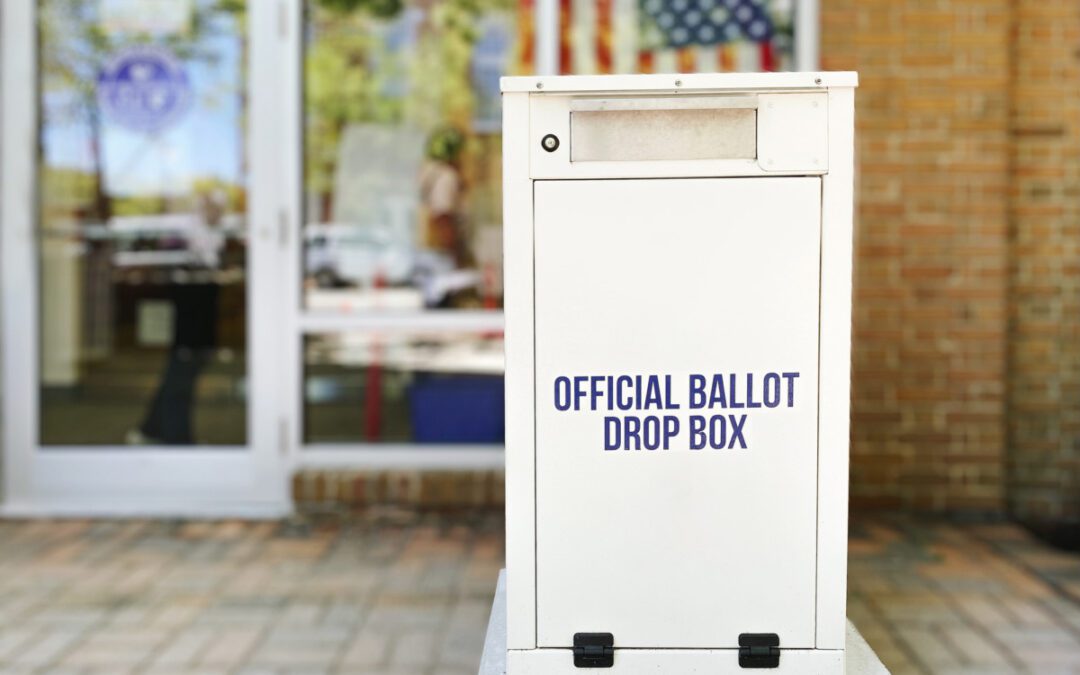
NV Supreme Court upholds ruling on mail ballots received post-Election Day
The Nevada Supreme Court noted in its opinion, which was posted by Democracy Docket, that the RNC identified 24 non-postmarked mail ballots that...
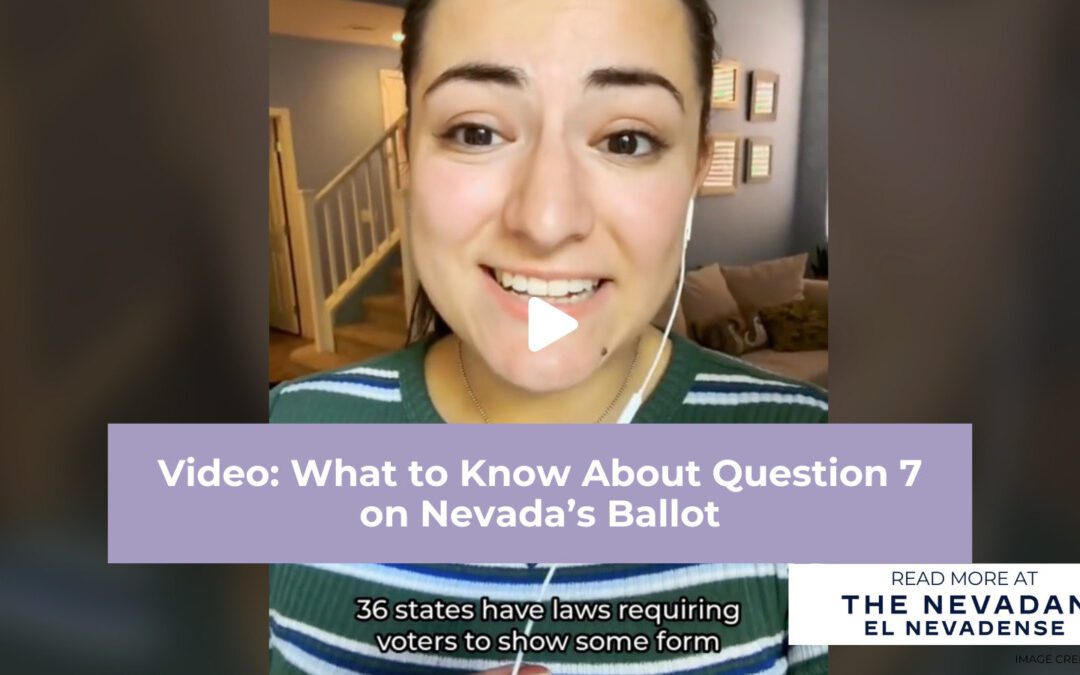
What to Know About Question 7 on Nevada’s Ballot
